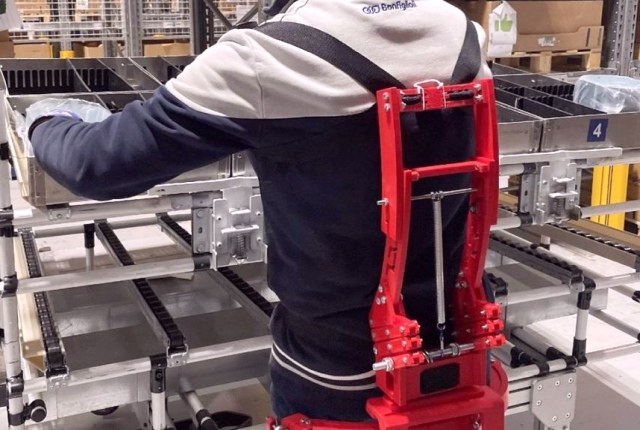The culture of health and safety is at the heart of the Superhuman research project. The University of Bologna, ART-ER, and Bonfiglioli Riduttori will take two years to develop and industrially test an exoskeleton that can reduce the fatigue of workers handling heavy loads and improve their ergonomic posture.
The project was initiated and managed by SUPSI, the University of Applied Sciences and Arts of Southern Switzerland, CTAG, the Automotive Technology Centre of Galicia in Spain, the Basque company GOGOA Mobility Robots, and the Portuguese MCH in collaboration with ART-ER and the University of Bologna, which, together with CTAG, leads the testing and validation of prototypes. Superhuman has the ambitious goal of creating a passive or active exoskeleton for tasks involving heavy lumbar loads, with weights ranging from 10 to 25 kilograms, and making it commercially available at a competitive price.
The main sectors where these devices could be used include internal logistics, such as moving components between departments and warehouses, and external logistics, such as warehouses in large distribution centres. The adoption process is currently hindered by the cost of these devices and, in some cases, the difficulty of wearing them for extended periods.
The project is funded with a budget of nearly 1.7 million euros by KIC EIT Manufacturing, a public-private association co-funded by the European Union and established in 2019 for manufacturing innovation. It brings together high-level industrial partners, leading academic and research institutions, and innovative SMEs across Europe.

